Month: August 2020
-
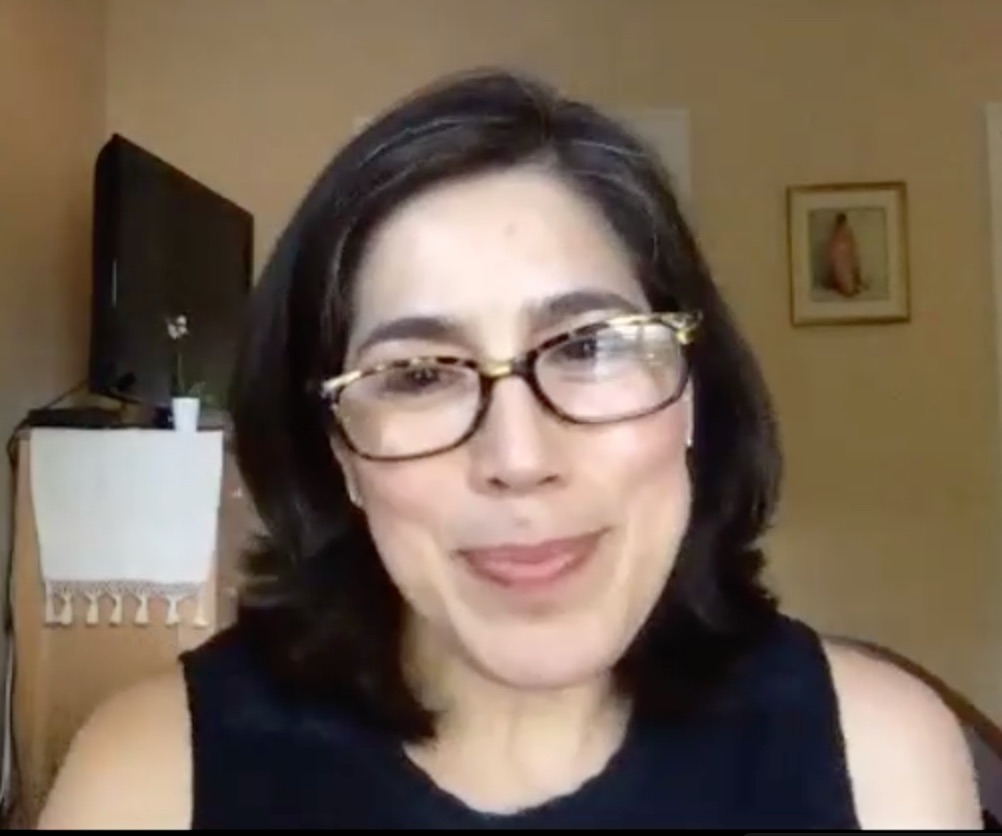
Heritage Language Teaching: A Conversation With María Luisa Parra-Velasco
Many thanks to Dr. María Luisa Parra-Velasco for an enlightening talk about Heritage Language Instruction and using art in community to enhance learning. Enjoy the video. Timeline with notes, links, and articles below. 0:04 Dr. Parra-Velasco teaches in the Department of Romance Languages & Literatures at Harvard University 2:04 How students and teacher relate to…
-

The Problem in a Nutshell (Pod)
A friend sent me a message asking for some “quick thoughts” on learning pods. “Quick thoughts” is a trap. Learning our way through the pandemic in this society/culture is a complex, nuanced topic. The quickest I could make it: We are innovatively tap dancing our way through a minefield of unintended consequences, interpretations of which…
-
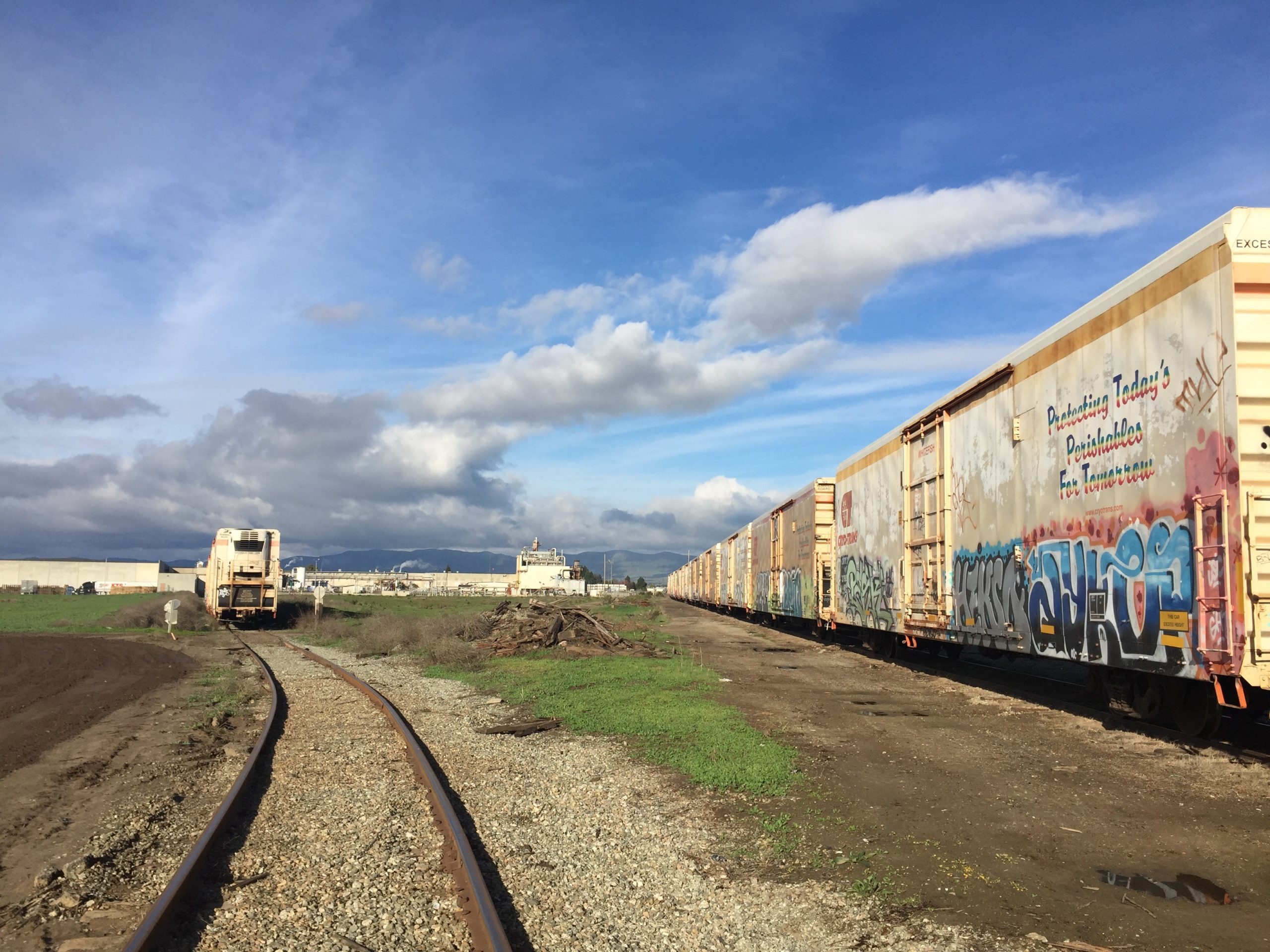
Onboarding OSL students during the pandemic
In a normal school year, just finding the right room at the right time on the first day can be a challenge for students. This year, the pandemic and virtual learning compel us to empathize and anticipate students’ needs during an experience that will be new and confusing at best. To ensure that students have…
-
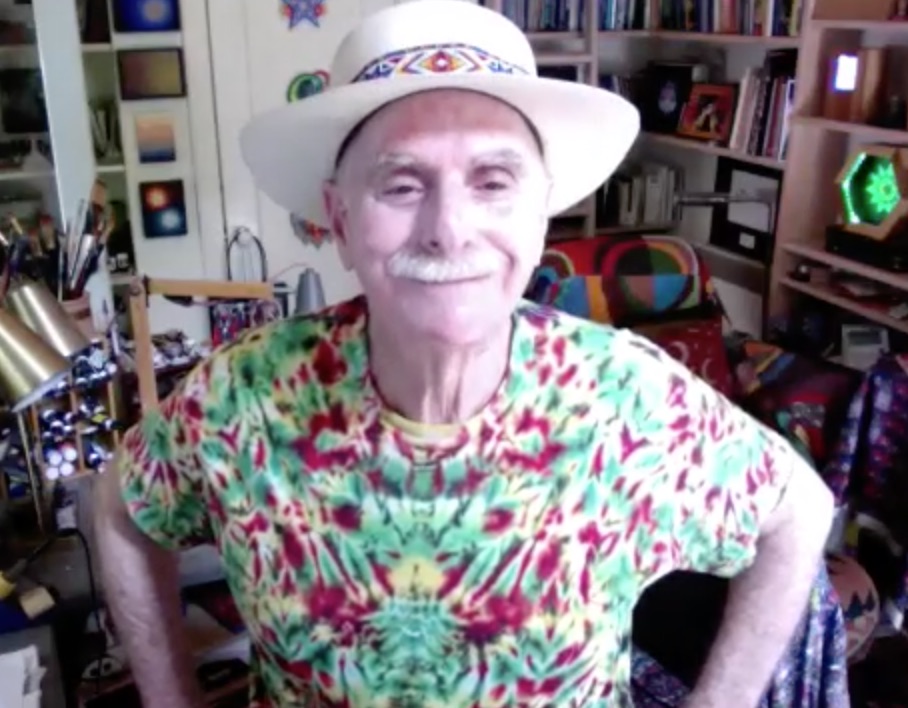
The learning power of virtual community: a conversation with howard rheingold
Many thanks to Howard Rheingold for a wide-ranging discussion about virtual community, learning and connecting on line, and being good humans in general. Enjoy the video. Timeline with notes and links below. 2:05 The Institute for the Future 2:33 Howard Rheingold 3:32 Virtual Communities 4:45 BBS (Bulletin Board System) 4:47 The Well (more about The…
-
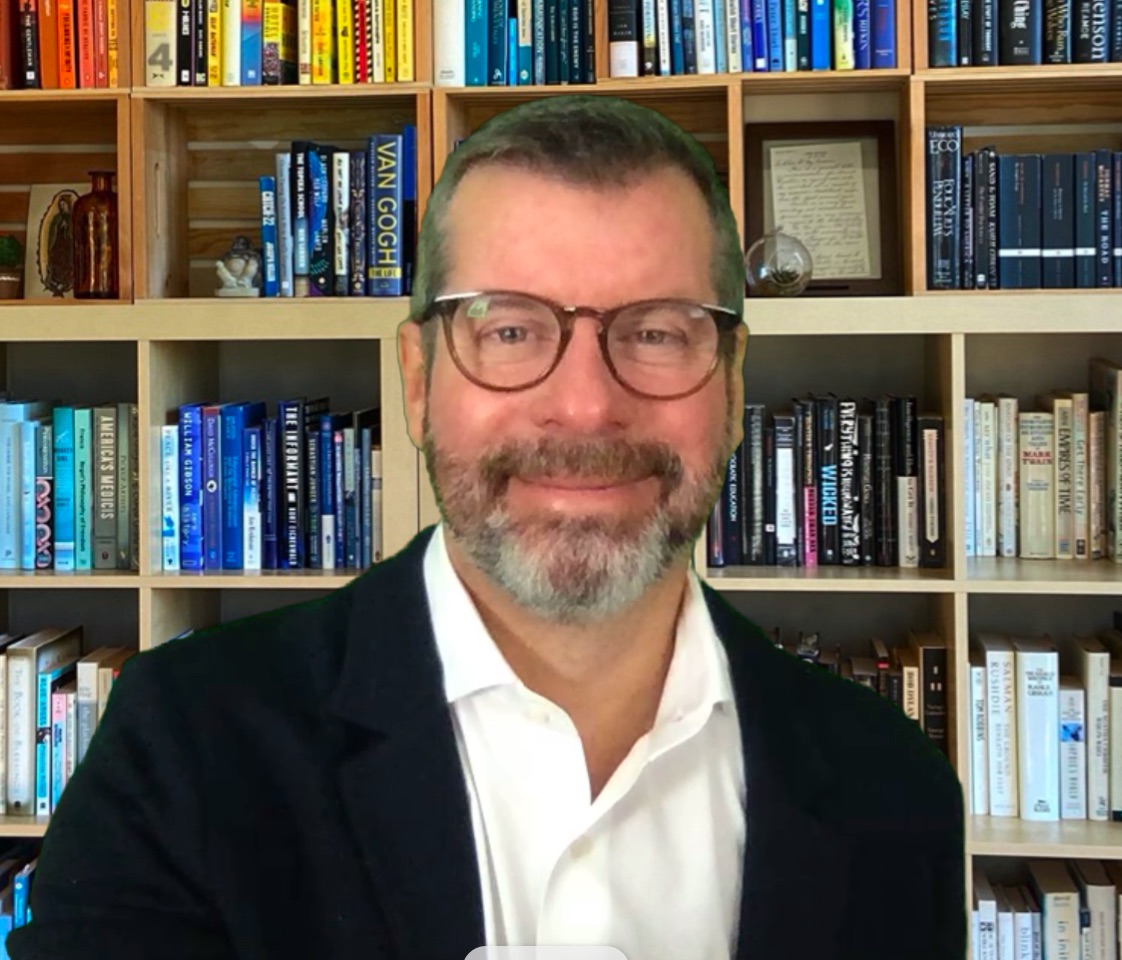
Videos: designing for empathy
During the 2020-21 school year, empathy will be essential to learning. The impact of the pandemic, along with the economic, political, and cultural upheaval in our country, has created a massive amount of trauma and distraction. For teachers to teach, and students to learn, we are all going to need to expand our understanding and…
-
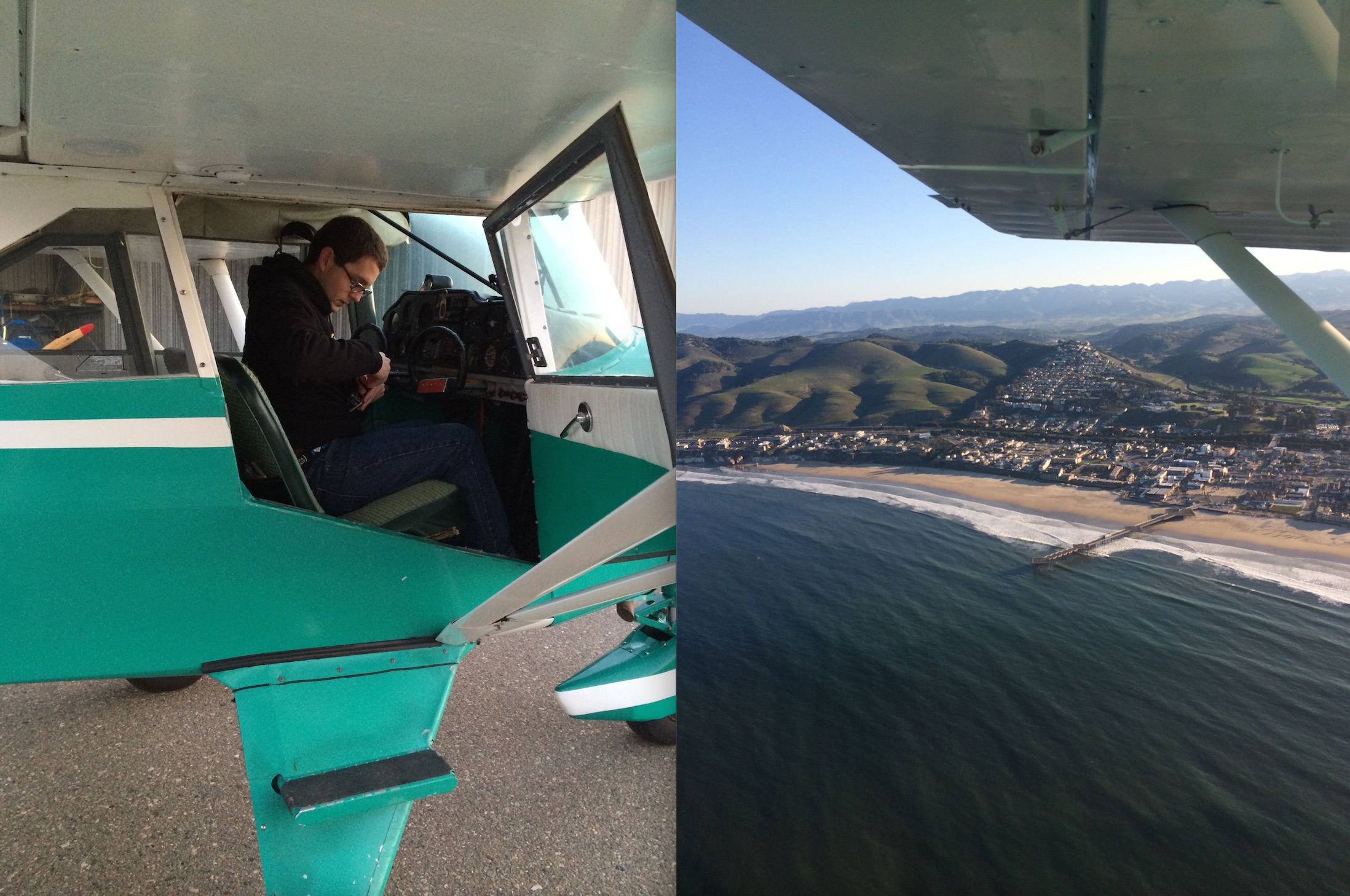
Achieve the impossible
How one student used Open Source Learning to transform a high school English course and learn to fly. (Note: This story is the Preface to ACADEMY OF ONE, which is being published by Rowman & Littlefield. Please join the newsletter to pre-order your signed copy of the book.) Flying an airplane and becoming a pilot…
-
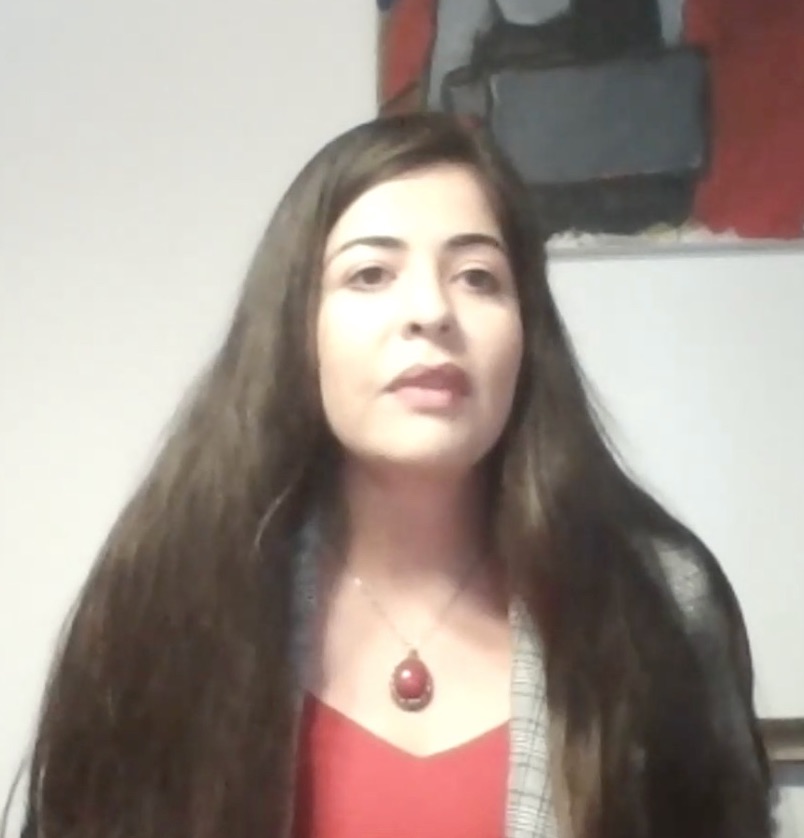
pandemic pedagogy: a conversation with julieta delgadillo
AUGUST 1, 2020: PANDEMIC PEDAGOGY: A CONVERSATION WITH JULIETA DELGADILLO & DAVID PRESTON Teachers, students, and parents will be doing things differently in the 2020-21 school year. This weekend I talked with Santa Maria High School English Department Chair Julieta Delgadillo to get a head start with a wide-ranging conversation about the philosophy, strategies, practices,…